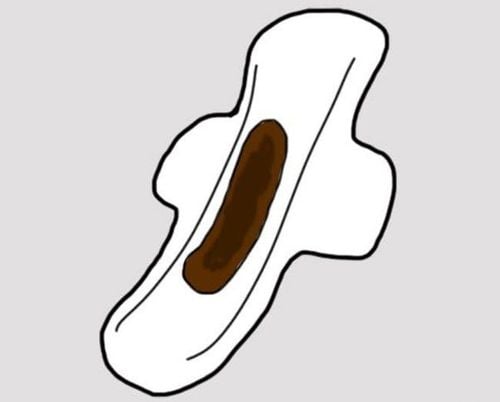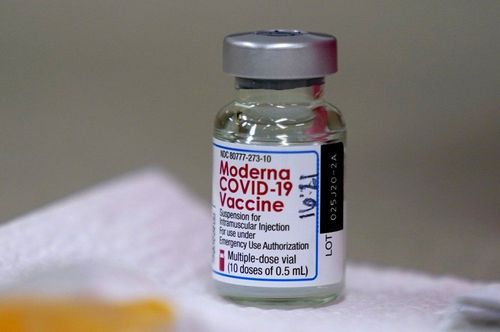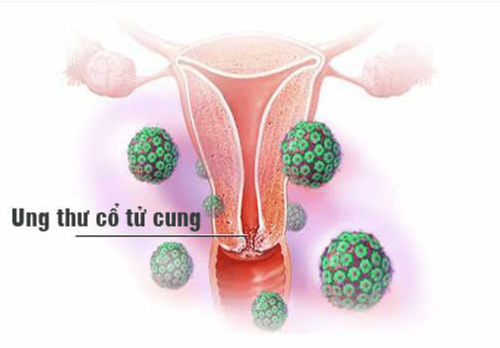This is an automatically translated article.
Worldwide, cervical cancer is the fourth most common cancer in women with an estimated 570000 new cases in 2018, accounting for 7.5% of all female cancer deaths. Of the estimated 311 000 cervical cancer deaths each year, more than 85% of these occur in underdeveloped regions.1. How does HPV infection lead to cervical cancer?
Although most HPV infections clear up on their own and most precancerous lesions resolve on their own, there is a risk for all women that HPV infection can become chronic and advanced precancerous lesions. develop into invasive cervical cancer.It takes 15 to 20 years for cervical cancer to develop in women with normal immune systems. It can only take 5 to 10 years in women with weakened immune systems, such as those with untreated HIV.
Some risk factors for the survival and development of cervical cancer:
HPV type - carcinogenicity; Immune status - immunocompromised people, such as those with HIV, are more likely to have persistent HPV infection; Co-infection with other sexually transmitted agents, such as those that cause herpes, chlamydia, and gonorrhea; Smoke

Hút thuốc là yếu tố làm tăng nguy cơ phát triển ung thư cổ tử cung
2. Why are HPV 16 and 18 viruses the leading cause of cervical cancer?
Infection with HPV types 16, 18, 31, and 45 is considered high risk of developing cervicalcancer, while HPV 6, 11, 42, 43, and 44 have a low risk, non-cancerous types associated with genital warts and not malignant lesions.
HPV infects the keratinocytes of the basal cell layer, often in microscopic lesions of the skin or mucous membranes. Populations of virus-infected cells spread aside as they divide and some cells migrate into the differentiated supra basal cell layers, where viral genes are activated, viral DNA and proteins are copied. capsid is formed.
Virus particles are released, thus spreading the population of infected cells. Harald zur Hausen demonstrated that tissue from cervical dysplasia as well as from prostate-palatal lesions contain episomal DNA-DNA, and future studies suggest that approximately 90% of HPV 16 and 18 tissues positive becomes negative within two years
A study of 3000 women from 25 countries found HPV 16 and 18 in over 70% of malignancies. The next five most common types account for the other 20%, while the remaining 10% are caused by multiple types of HPV. The sensitive PCR assay has since improved detection of viral DNA, and cumulative epidemiological data have confirmed zur Hausen's initial findings. Indeed, up to 99.7% of cervical cancers studied were found to be HPV-positive in some of the reports, which provided compelling evidence for the etiology of HPV. Cervical cancer tissues contain viral DNA that is integrated into the host cell genome with viral sequences encoding the E6 and E7 end genes. The special feature of HPV 16 and HPV 18 is that they do not cause any symptoms when acquired or precancerous, until the tumor in the cervix grows and invades other organs in the body. body. In addition, the HPV virus does not break out right away, but it progresses silently in the body, specifically for HPV to form cancer it takes 10-20 years in people with normal immune systems and 5-10 years for those with normal immune systems. people with weakened immune systems such as people with HIV. This is also the reason why, when many women are diagnosed with the disease at a late stage, the treatment process is more difficult and expensive, especially the survival rate is not high.

Điểm đặc biệt của virus HPV 16 và HPV 18 là chúng không gây ra triệu chứng gì khi mắc phải cũng như khi xuất hiện tiền ung thư
Vinmec International General Hospital is one of the hospitals that not only ensures professional quality with a team of leading medical doctors, modern equipment and technology, but also stands out for its examination and consultation services. comprehensive and professional medical consultation and treatment; civilized, polite, safe and sterile medical examination and treatment space.
Please dial HOTLINE for more information or register for an appointment HERE. Download MyVinmec app to make appointments faster and to manage your bookings easily.
Articles refer to sources: who.int, nhs.uk, .cdc.gov












